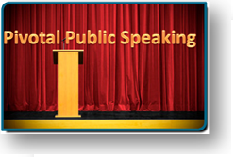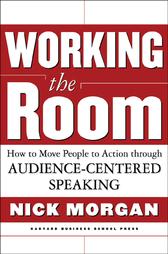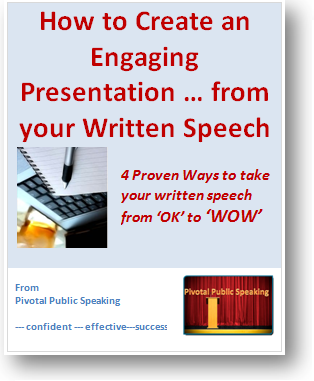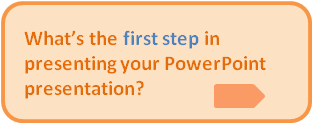|
Give Powerful Speeches to Audiences of Five or Five Hundred There are several universal truths about public speaking. Most people hate doing it, and most don’t do it well. And not surprisingly, most audiences retain just a fraction of a typical speech’s content. Given these obstacles, why—in an age of telecommunications tools such as videoconferencing and e-mail—do we continue with "live" presentations at all? Communications expert Nick Morgan says we do so because speeches remain the most powerful way of connecting with audiences since ancient Greek times. But as television has ushered us toward a more informal, conversational mode of public speaking, we have forgotten much of what the Greeks taught us about the importance of form and structure in speech giving. Even more crucial, we’ve lost the physical connection with an audience that does more than grab attention; it impels action. Morgan says this "kinesthetic connection" comes from listening to your audience with your whole body, through everything from eye contact to facial expressions to gestures. In Working the Room, he draws from nearly twenty years of experience as a speech coach and consultant to offer a new, audience-centered approach to public speaking that combines the best of ancient Greek oratory with modern communications research. Through entertaining and insightful examples, Morgan illustrates a practical, three-part process—focusing on content development, rehearsal, and delivery—geared toward engaging an audience on every level: emotional, intellectual, and physical. Presenters from novices to seasoned orators will learn how to: • Craft an "elevator speech" that concisely nails
the key message. Whether speaking to a handful of employees or a keynote audience of hundreds, anyone can use these principles to give speeches that challenge minds, impassion hearts, and empower audiences to change the world, one idea at a time. From Publishers Weekly
"kinesthetics"-"being aware of
the position and movement of the body in space"-he
generally avoids polysyllables and never pushes
fancy-sounding concepts as magic wands. This is a
clear, engaging guide any socially and verbally
competent person can benefit from, and not only
those readers speaking to the business world.
|
|






.jpg)